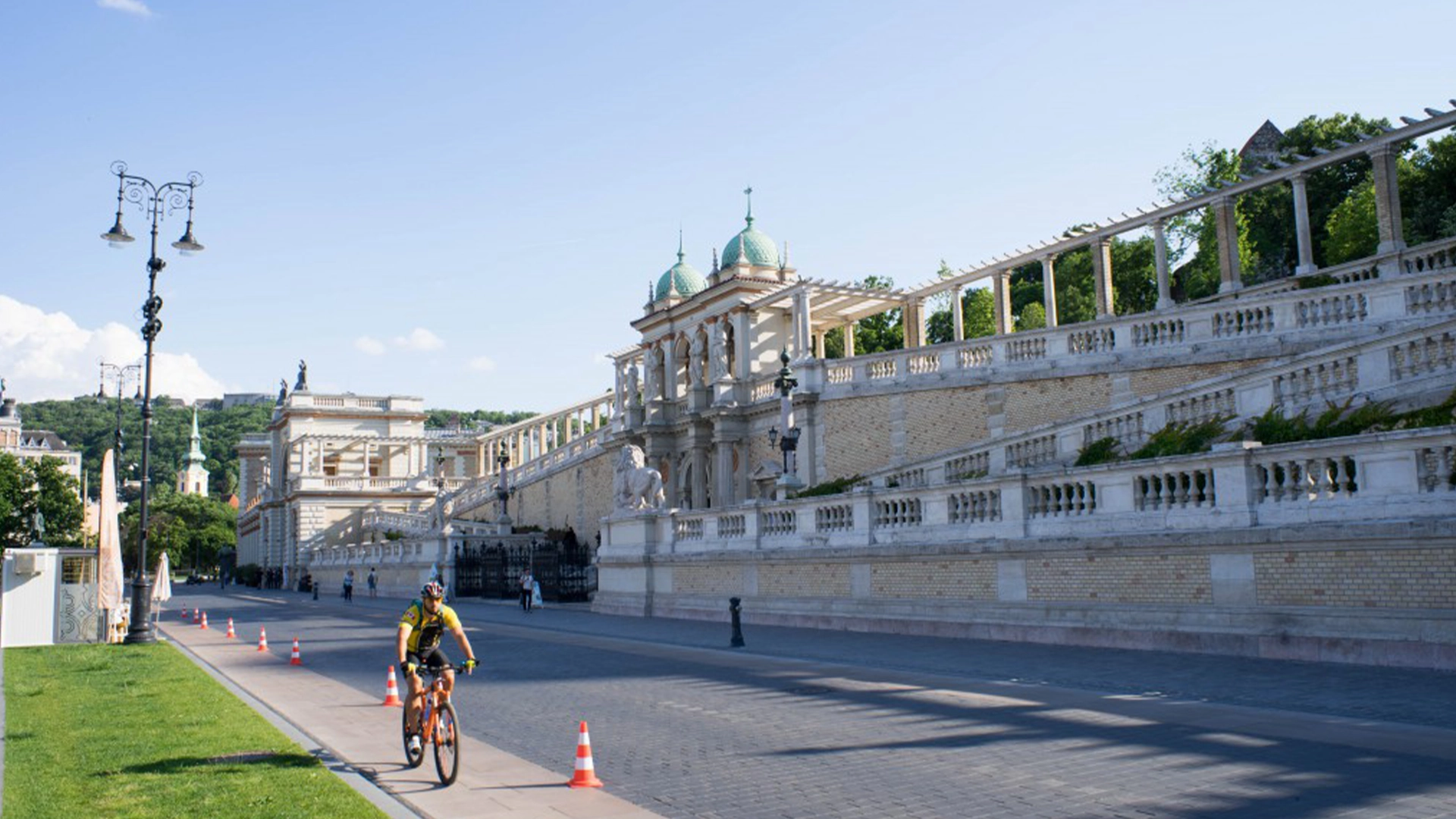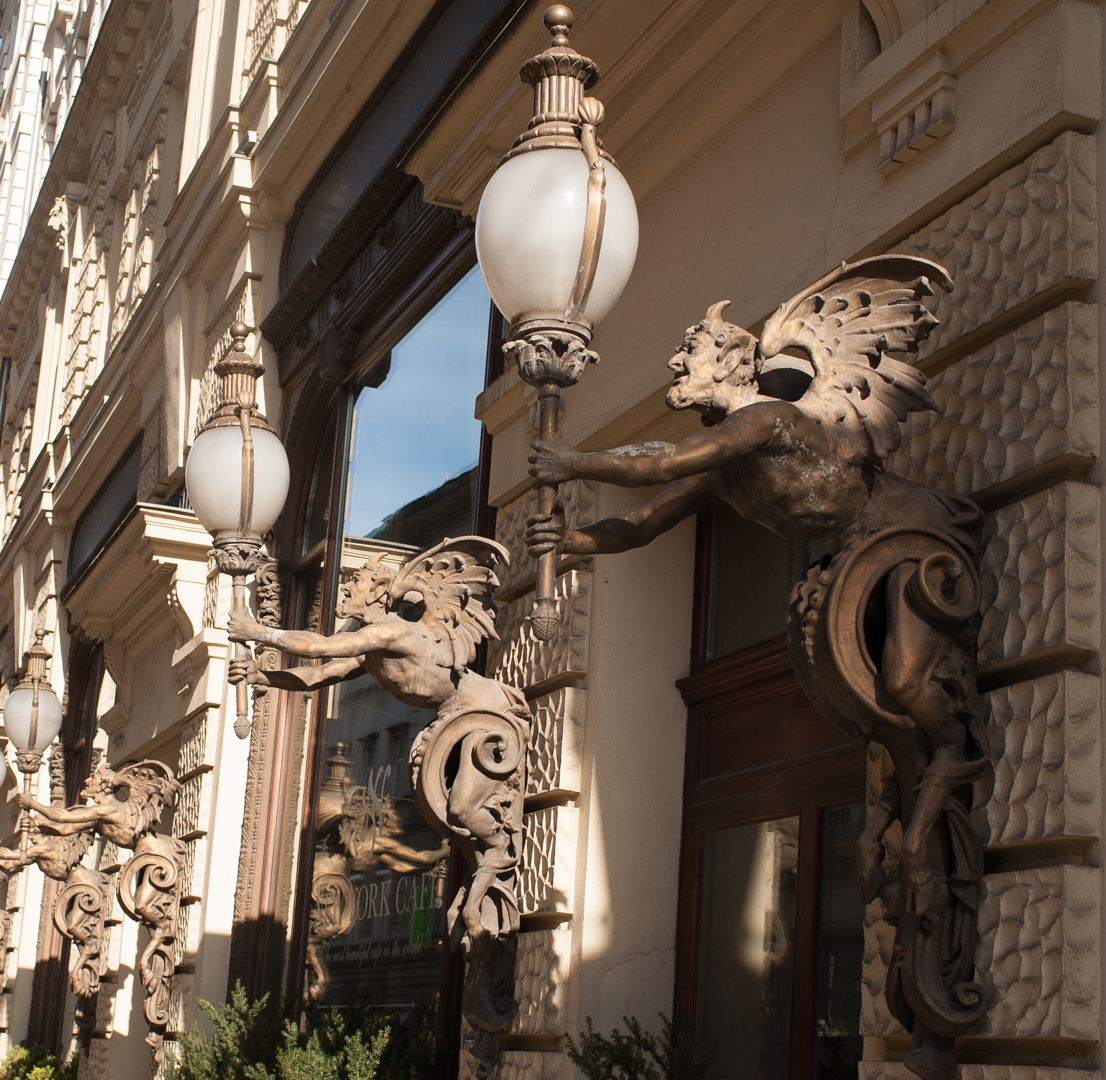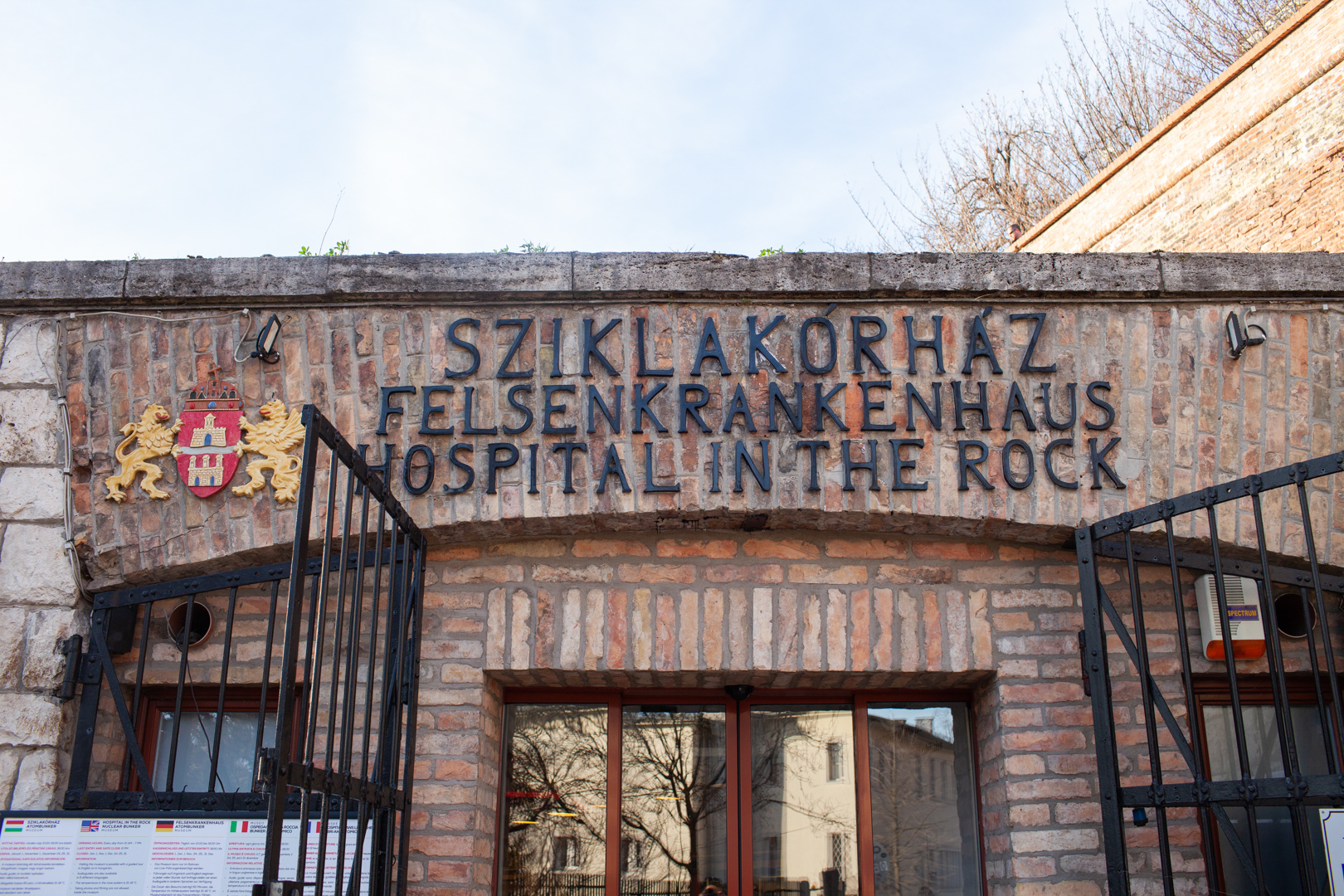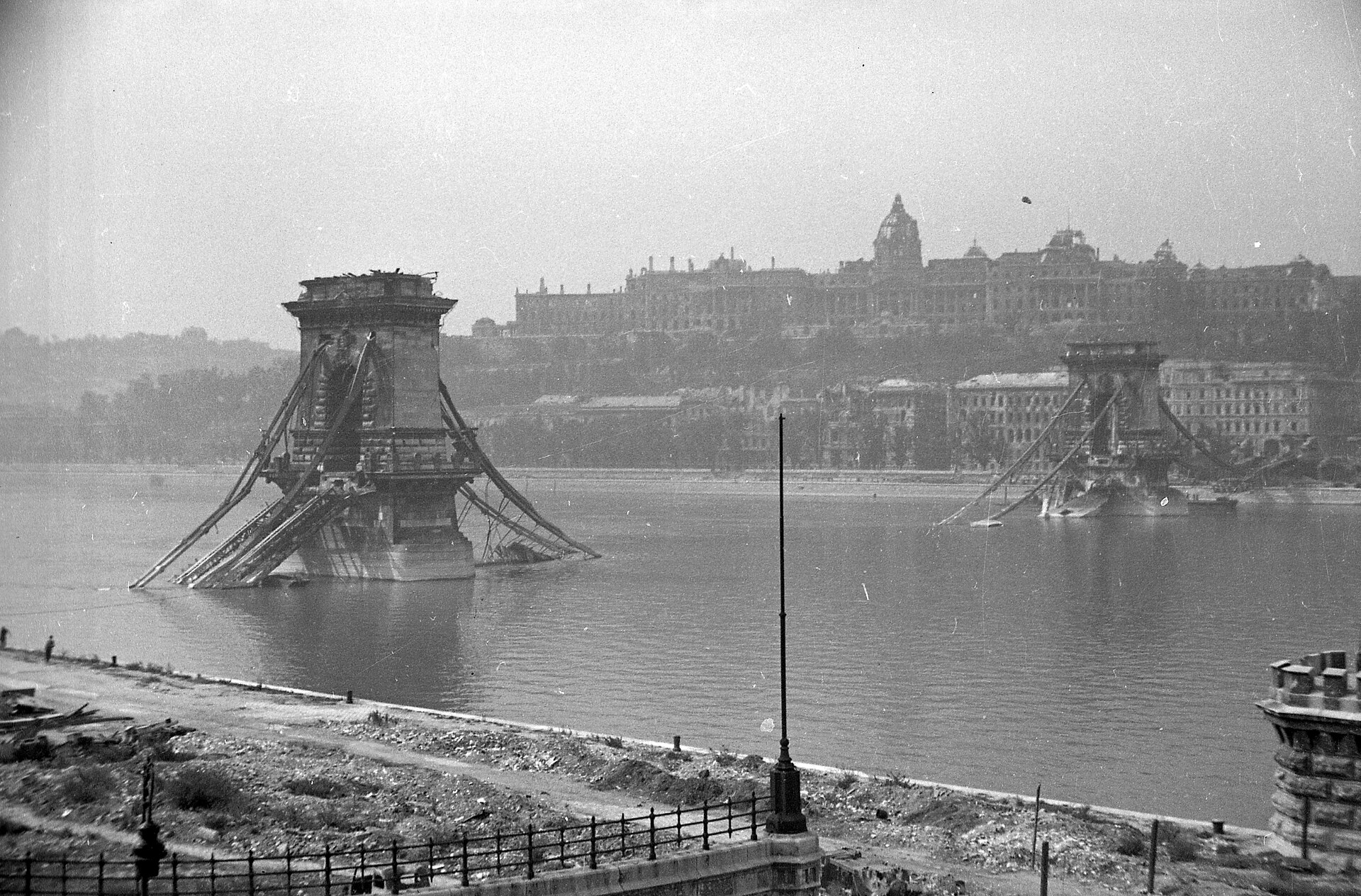
Budapest’s new museum in Városliget
“The Collector’s House” stands as Budapest’s newest private museum, nestled within the historic Kőrössy Mansion on Városliget Wooden Row ( Városligeti fasor). Since its

THE HISTORY OF VÁRKERT BAZÁR In the 19th century Buda and Pest showed a very different picture. Pest began to develop very fast following the historical agreement between Hungary and Austria, while in the Buda part time seemed to come to a halt.
The body responsible for the development of the city concentrated mainly on the reconstruction of the Pest side, the Castle that rather looked like a fortress seemed untouched. The decision to consolidate the area close to Chain Bridge came in 1872 and in the following year they decided about the future of the Castle. According to the plan they started the consolidation from the river Danube towards the Castle Hill by creating Várkert Bazár.
The king provided 2,2 million forints for the realization of the Palace’s gate from the direction of the Danube, the function of the building was to be the welcoming place of the King. Ybl Miklós, famous architect of the time, was assigned with the planning of the building. Ybl’s masterpiece was designed in neo-renaissance style with palace buildings on both ends; this is where the servants and royal guards had their dwelling places.
The construction took place between 1875 and 1883. Outstanding craftsmen and artists prepared the magnificent decoration: for example Adolf Huszár carved the statutes of the Gloriette, Mór Than painted the frescos, Vilmos Zsolnay produced the glazed ceramic decorations, Gyula Jungfer forged the wrought iron rails. Although the plan was to establish the bustling social life characteristic of the Pest side, in Buda as well, it did not work out.
Due to the thin traffic of the neighbourhood, it was very difficult to find tenants for the small shops already after the opening ceremony in 1883. It was a result of this failure that it was decided to open artists’ studios instead of the shops. But the loss of the original function quickly resulted in the serious deteriorating of the building.
During World War 2 Várkert Bazár suffered serious damage, many parts of the building: statutes, the lions guarding the Gloriette and frescos, paintings perished. In the 1950s’a partial reconstruction took place that caused more damage in the original building than development.
The Youth Park opened in 1961and functioned as a music club for young people. It was a unique place where youngsters of the communist regime could enjoy pop music and a relative freedom. The old walls could not bear the intensive use not suiting the original function and Várkert Bazár had to be completely closed down in 1984. Since then the building has been waiting for a better fate.
source: gotohungary.com

“The Collector’s House” stands as Budapest’s newest private museum, nestled within the historic Kőrössy Mansion on Városliget Wooden Row ( Városligeti fasor). Since its

Budapest, the capital city of Hungary, is renowned for its rich history, stunning architecture, and vibrant culture. Among its many treasures, the New York Café

Castle Hill which is part of the Unesco World Heritage Danube waterfront, and one of the most visited sites in Budapest conceals a system of

The Siege of Budapest in 1944-1945 is considered one of the bloodiest and cruelest battles of WWII.It can only be compared with that of Stalingrad
Contact me!
Follow me on social media!
Privacy Policy